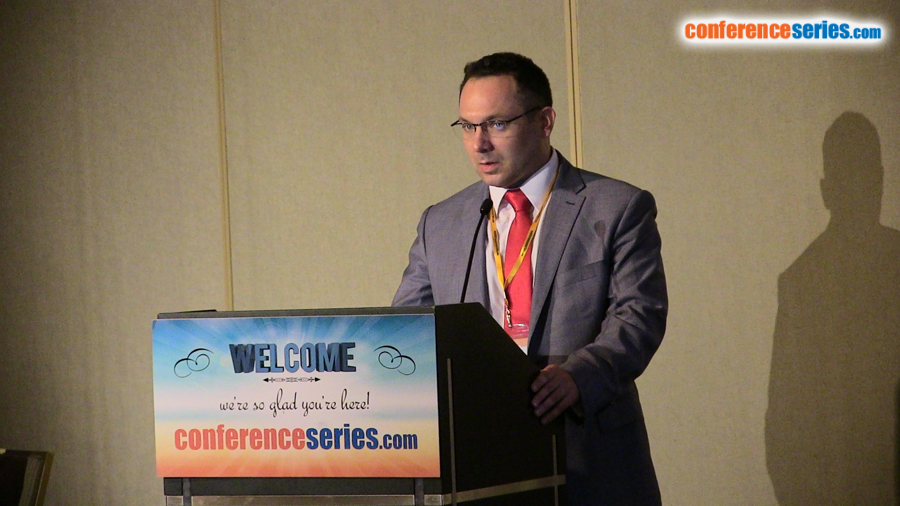
Tomasz M Kameczura
Rzeszów University, Poland
Title: The use of direct heart hypothermia by METcooler reduces microvascular obstruction and left ventricular systolic function impairment in animal experimental model of myocardial infarction - ongoing study
Biography
Biography: Tomasz M Kameczura
Abstract
Background: The reduction of heart damage and improvement of patient outcome are the main goals in the treatment of myocardial infarction. For both, shortening of time to reperfusion and use of appropriate pharmacological treatment is crucial. Two commonly recognized milestones in this area are the techniques of mechanical reperfusion and new generations of antiplatelet drugs. Restrain of myocardial metabolic activity seems to be possible third way, which may have an impact on myocardial damage especially during the critical ischemia. The use of direct heart hypothermia to reduce myocardial metabolic activity is a very promising tool for reducing left ventricle damage and improve patients prognosis.
Methods: The study is conducted using an animal model. We compared 20 domestic swines (Polish Landrace Pig), 10 in the study group (SG) and 10 in the control group (CG). The animals in both groups were randomly paired by age, sex and body mass. Animals in the CG were sequentially given analgesia, sedation and respiratory therapy. After that we got an arterial access (femoral artery), performed coronarography and by using balloon catheters (BC), we performed inflation in proximal part of LAD (POBA) (target prox /mid LAD with a diameter of 2.5-4.0 mm behind DG1). After 45 minutes, the balloon was deflated and removed from the LAD. The animal was observed, monitored (if necessary, appropriate medication was given). After 48 hours since POBA, the MRI was performed with assessment of EF of LV and quantitative assessment of microvascular obstruction (MO). Similarly, in SG the coronary angiography was performed with POBA LAD. After removal of BC from the LAD, a dry puncture of pericardium (pericardial catheter inserted to the pericardial sac) was performed, with subsequent 12 hrs procedure of direct hypothermia of heart (saline 30°C). 48 hours since POBA, there was MRI evaluation made in CG (MRI CG2) with estimation of EF and MO.
Conclusion: Direct heart hypothermia (DHH) method by METcooler in acute experimental heart ischemia is a viable and safe method in an animal model. Dry pericardial puncture and lowering the temperature in the pericardial sac by applying a closed refrigerant circuit are relatively simple procedures that can be performed if necessary in a regular ER or cardiology department. Preliminary results demonstrate that the DHH may be considered in the future as an additional method to reduce cardiac damage in the course of myocardial infarction. In the future we plan to carry out further researches that will strengthen the position of the DHH as a strategic element of the proceedings in myocardial infarction, TAVI and BAV surgeries, as well as bridging therapy in advanced coronary artery disease before the heart transplant (HTX) and unstable ventricular arrhythmias.
Speaker Presentations
Speaker PPTs Click Here




